Undead Syndrome: Episode 1 is a horror game that starts us off with a cutscene of the protagonist suddenly getting stabbed in the back while out on a walk. As she fades into unconsciousness, she manages to get a look at her assailant as he promptly runs off. Upon regaining her consciousness, she finds that the sights of a sunny city street have been replaced with that of an eerie house, which appears to have long since been abandoned. Just as curious is that her injury is completely gone, leaving you many questions but nothing in the way of answers. Having no other options, she sets off to try to find a way out.
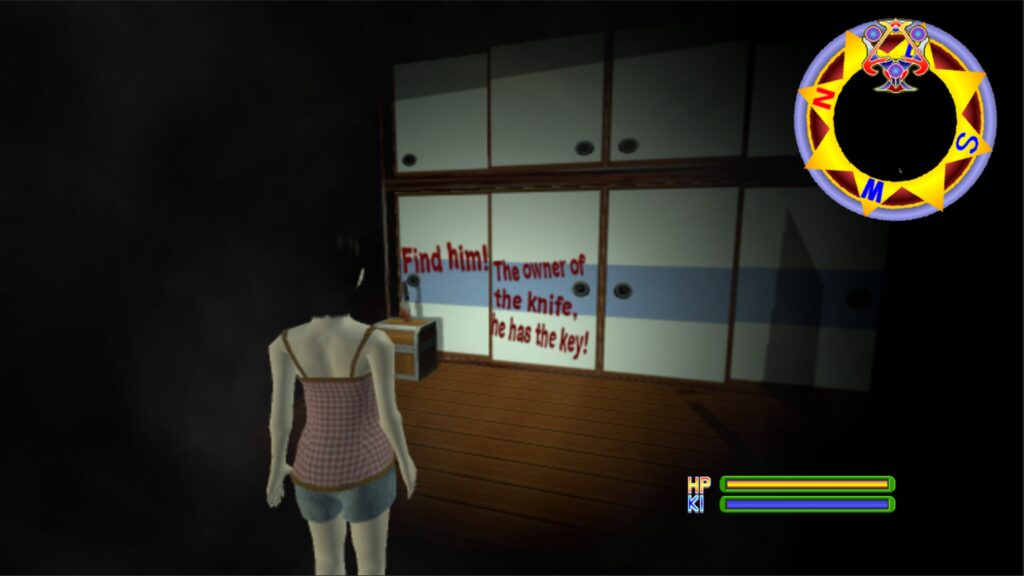
A quick thing to note is that you should install Microsoft’s XNA framework that is included in the game’s folder. Without it, the game will not boot up, and I find it highly unlikely that many people will already have it on their PC. This was originally an Xbox Live Indie Game that got ported to the PC a little later on, and if this is your first time hearing about the XNA Framework, there is a good reason for that. Even if a few notable games were built on it, it never caught on and was ultimately discontinued in 2013. Just a bit of a history lesson before we delve into the madness that is Undead Syndrome.
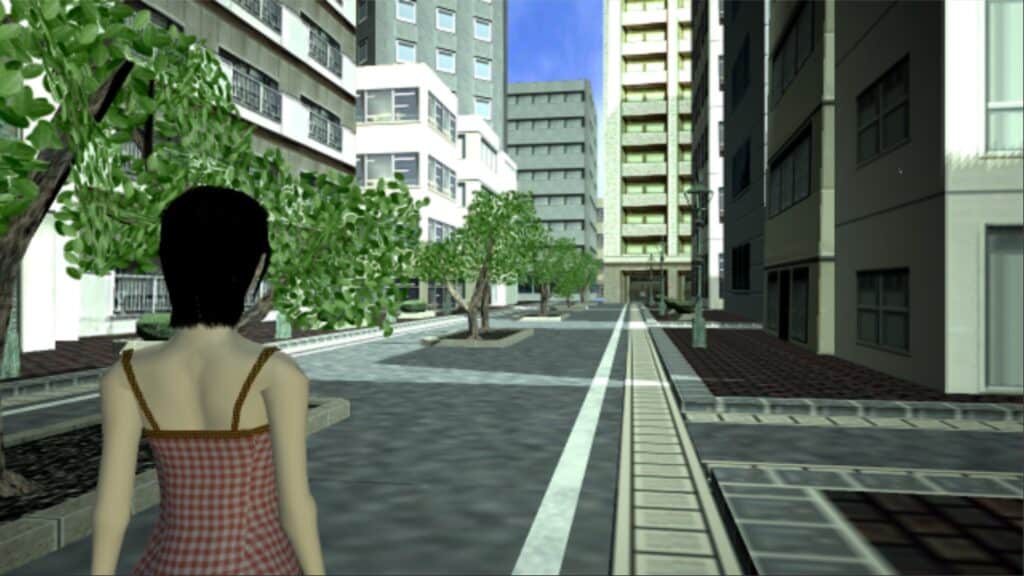
So, left clueless and trapped in a worn-down building, what’s a girl to do but explore. It starts off reasonably linear to guide you along while teaching you the basics. I consider this early section to be the peaking point of this title’s horror aspect. Undead Syndrome is quite an unconventional game where you’ll never know what to expect. It is made all the more disturbing by the music and sound effects. They are terrible to the point where I’d rather beat Cuphead with a set of DK Bongos than use headphones throughout this title. If you didn’t have Tinnitus before this, you do now.
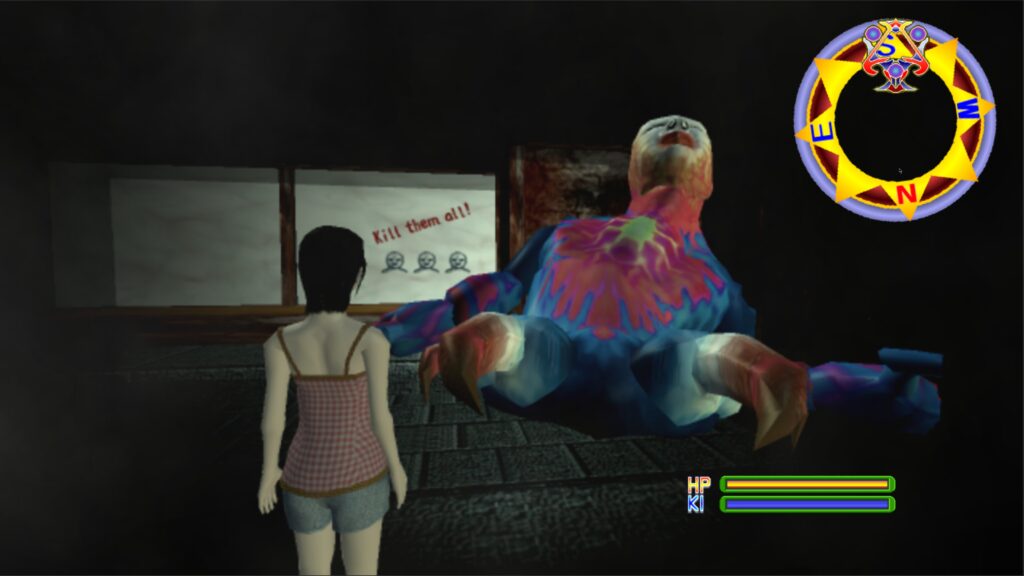
As imperfect as everything related to the audio here is, it fits in really well. It will undoubtedly keep you on edge and highly disturbed in what otherwise might be boring-looking areas. I love it even if my ears hate me for it. While getting accustomed to having your sense of hearing assaulted as you explore the house, you will eventually come across a giant clown thing. It doesn’t have collision, so you can walk right through it but damned if it didn’t both confuse and frighten me. Their usage of the knifeman may get a jump out of you too. It’s a shame they near completely give up on the horror right after this initial section.
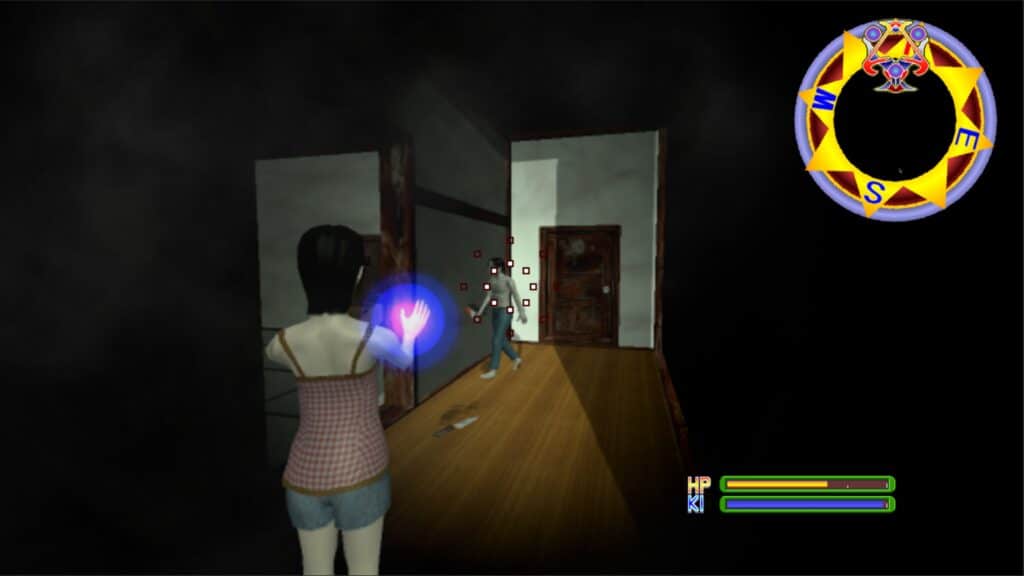
So if it isn’t horror, what is it, you may be asking? Well, after a bit of spooks, you return to the room where you woke up and open the previously locked chest. What’s inside? Turns out it’s some kind of kinetic magic attack straight out of Dragon Ball Z called Ki. It allows you to defend yourself and has you be the strongest person in that house, killing any sense of dread. They try to counter that by having a long start-up animation before you can attack and by being interrupted with any damage taken, causing you to start all over again. That’s fair enough, but some of the later enemies will play off your disadvantage far too hard, to the point of unfairness. The environments, enemies, and gameplay really fall out of sync in the late game, all feeling like they come from different games.
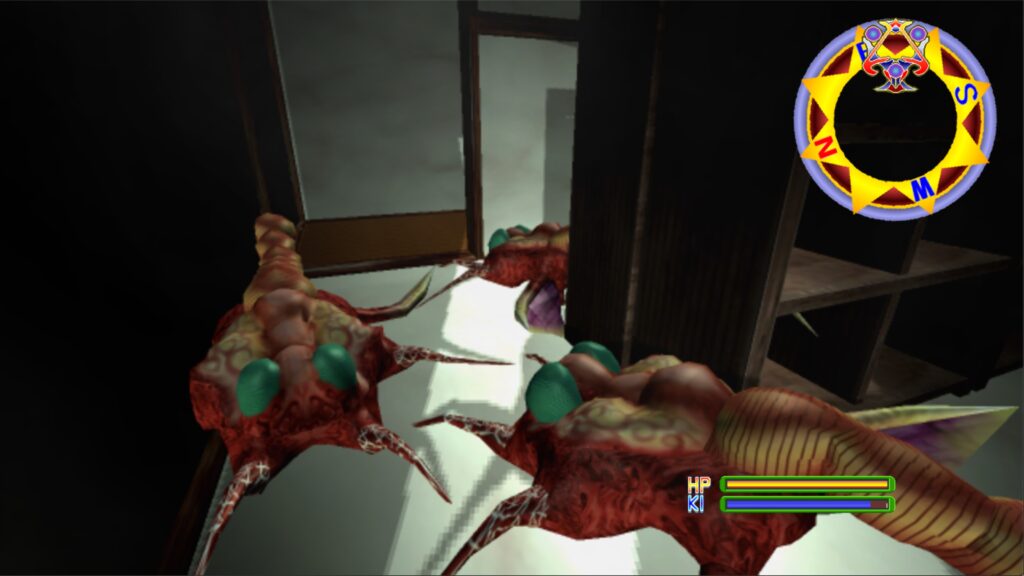
One of Undead Syndrome’s defining features is the exploration. In horror game tradition, darn near every door is locked, but none of them are useless here. You will eventually enter them, double back to familiar locations, and engrave every location into memory until it becomes like a second home to you. Enemies will respawn as soon as you leave a room. Much of your time in this game will be spent fighting, so it effectively turns into a third-person shooter. Sometimes you can run through your foes to reach the next area, and on others you can’t as the door will be locked until you defeat them all. I’m unclear as to how that works, yet locking the players in when there is so much constant combat already was a bad call.
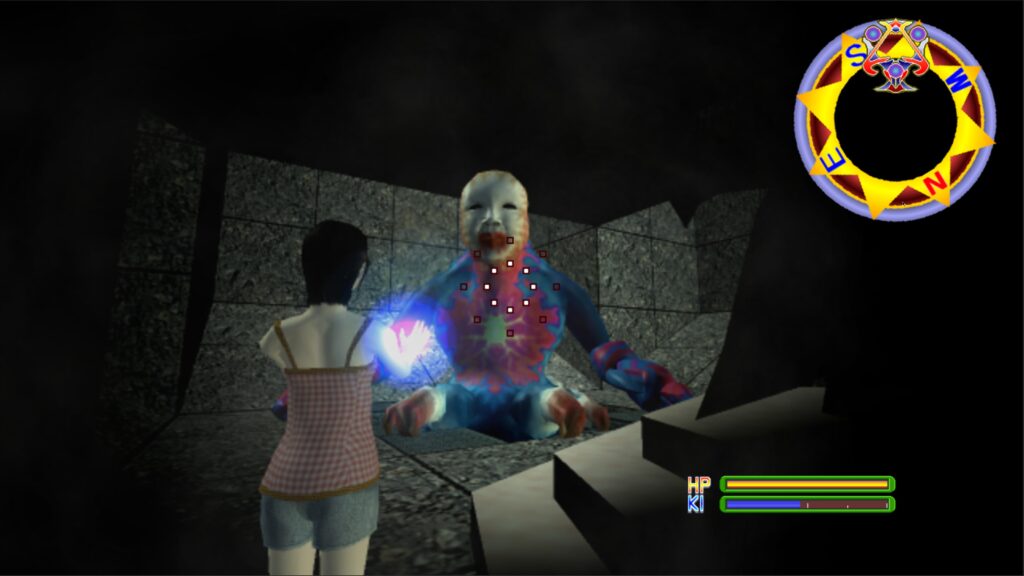
An interesting part of gameplay design is that while looting enemies, you have a random chance of instantly being teleported into a combat arena. Like the foes you face in the regular house, these monsters will also level scale with you. Unfortunately for us, this means that the most annoying enemy will become the most common over time, and they are so much worse in this tiny combat arena. They are far faster than you, your only attack takes ages to wind up, and this room spawns three of them surrounding you. It’s not even difficult if you have a good stock of antidotes to counter their venom. It is just far too tedious and frequent.
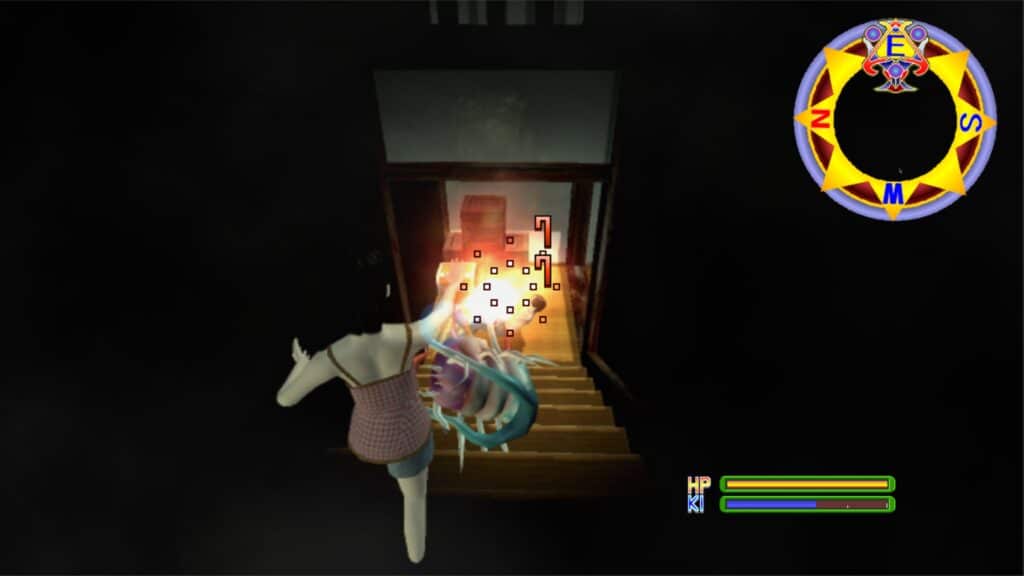
The best part of being teleported to the combat arena is upon returning. You will find that every foe has been respawned, and it puts you in the exact place before you were teleported. This can lead to some bad situations for you. Luckily, they only drop money and some very cheap to purchase items like anti-paralysis. You can just stop looting fallen enemies without any problem. It also helps out with another issue. That being your quickly expanding list of items on your character that will take ages to sift through. With how fast your health refills, you should only keep a few health potions for the worst-case scenarios. You’ll save yourself quite a lot of hassle scrolling down to the items you want when you realize how little you need the small-sized health potions. There is a limit to the overall amount you can carry. You don’t want to accidentally not pick up an essential item due to this. Every chest is potentially significant.
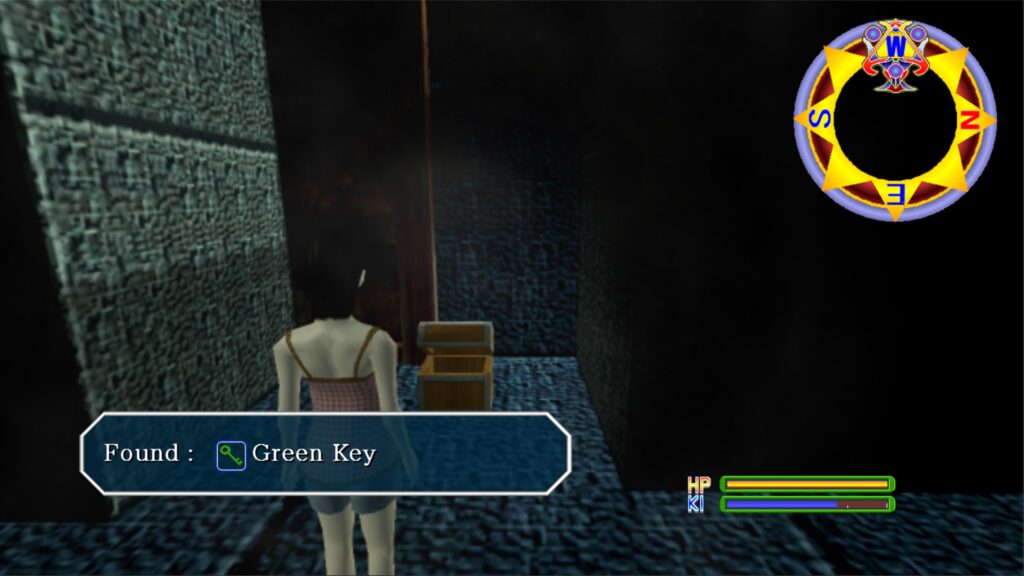
Confusingly enough, unlike the vital quest items, the Implants have a section of their own. They are magical stones that modify your character’s stats and abilities. You can heavily customize your character to better suit how you want to play. Some even modify your attack, giving you things such as a triple-shot projectile. Your character will level up with enough experience and eventually become very over-powered before the game’s end. It is a good deal of fun swapping out and mixing implants. Part of a puzzle even involves having a specific load-out, which while obvious in hindsight, took me an embarrassingly long time for not realizing Undead Syndrome had puzzles in the first place. Before then, it had been purely a key-hunting, third-person shooter, dungeon crawler affair. Add platformer onto that list, because why not.
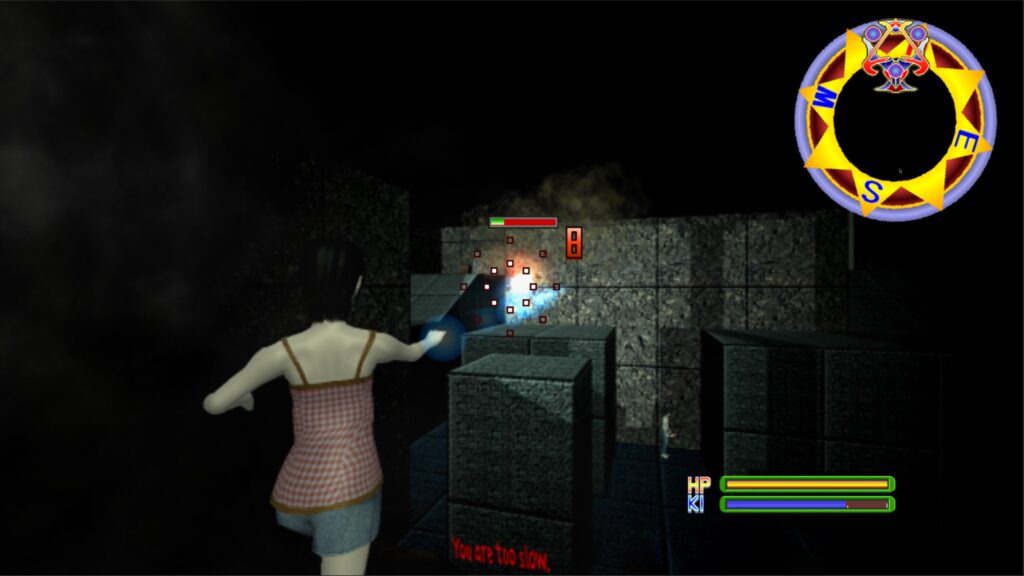
Possibly the most surprising thing here is that the platforming isn’t as terrible as you’d imagine. I wouldn’t call it good by any means, but it is functional and does add to the game. Your savepoints are beds that are scarcely found throughout the house. It fills up both your health and ki meters, but not any afflictions like poison. They are located in entirely secure rooms and usually near a store. This house is massive, and its routes can be a bit labyrinthine. Undead Syndrome does a good job of making every location memorable enough to make a mental map. What it does not do on some occasions is properly signpost where you are supposed to go. An example is picking up a colored key. You’d think due to the fact they are colored, there would be some identifier to what it opens, but nope. It will just be a random door without so much as a scrap of paper with that color on some wall to give you some clue.
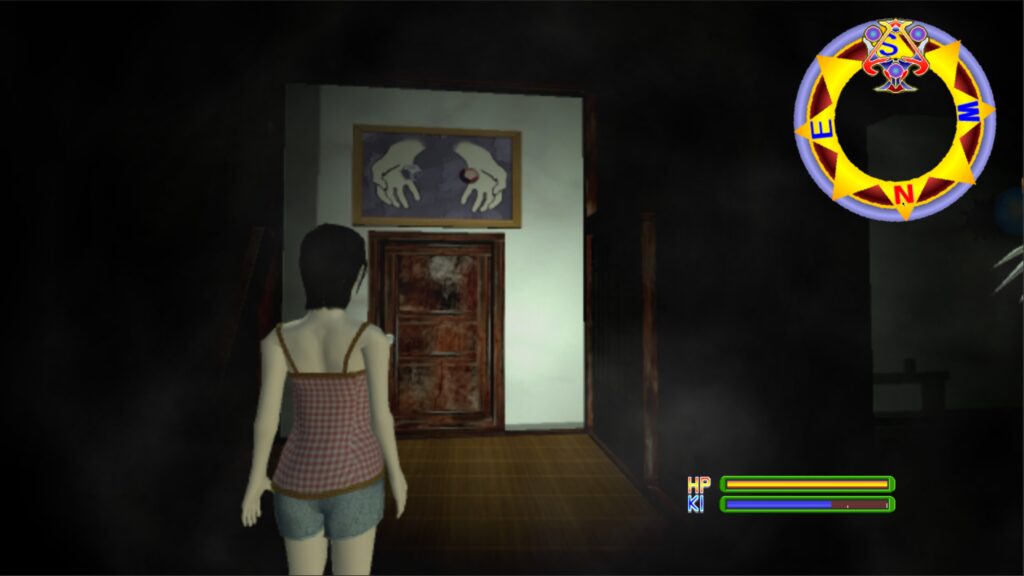
One standout moment of inadequate signposting came around the mid-game. There is a huge sprayed painted sign that says RESET next to a boss door. Once you defeat that boss and return to the room that counts how many of the bosses you defeated, it will not cross out that third one. Taking that as some kind of clue, you may go back there and try to reach that room via a different path, or maybe even reset your console if you took the sign literally back in the day. All of those are incorrect. What you are supposed to do is open a completely unrelated door on the other side of the house. That random RESET sign means nothing. Its existence raises many questions and brings to mind many simple fixes, yet it is undoubtedly bad level design.
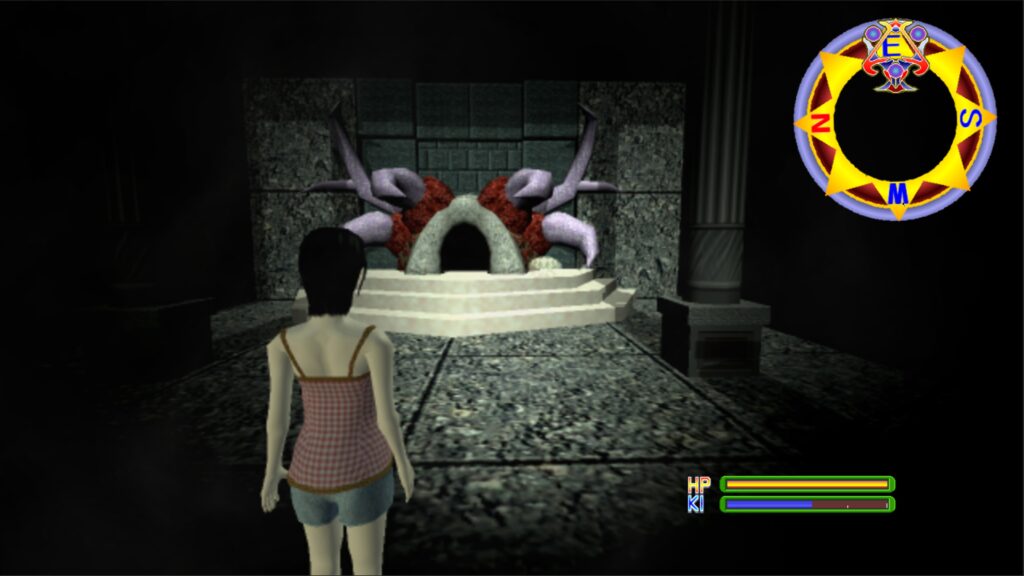
When starting this game up, it will be displayed in a 1920x1080p window. There is no way to enter fullscreen or change the resolution. I use a program called Lossless Scaling to simulate a fullscreen and upscale it to higher resolutions. For us that only speak English, we have an odd win here. Despite the store page saying it is only in Japanese, it is entirely in English. You can change it to Japanese, yet that will involve navigating through a few menus that are in English, which may prove a tad difficult if not familiar with our language. I don’t consider this a good thing, but it is a first. I’ve never seen such a situation.
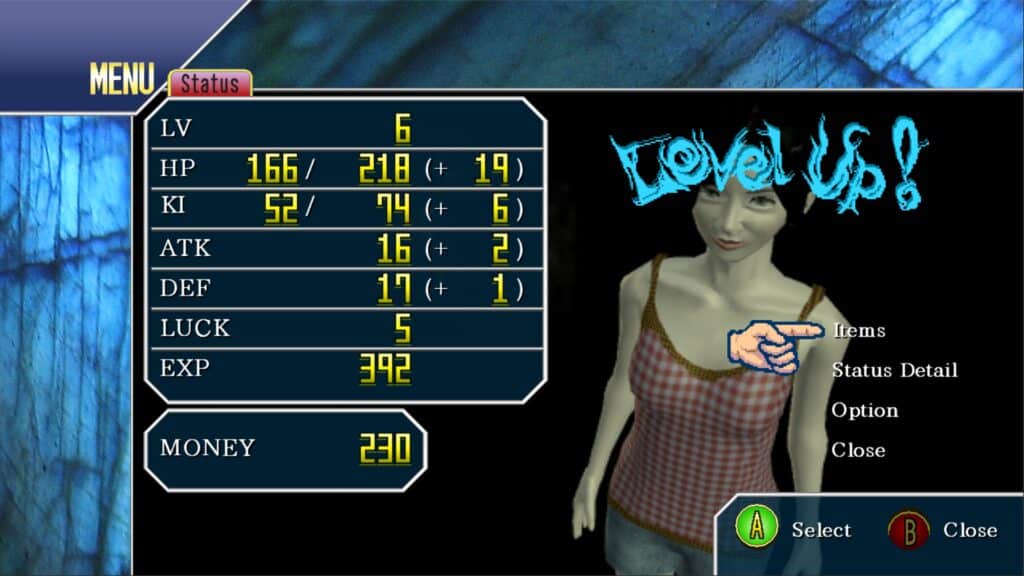
We’ll be here all day if I start pointing out all the flaws. This was a standout title on the Xbox Live Indie Game service for a reason, and that reason is that this had actual effort put into it. It was by leaps and bounds better than most titles found there as fondly as one may look back on that no man’s land of a storefront. Undead Syndrome has a ton of charm despite trying to pull off so many things that it starts to unravel. It is the type of game that could be called a guilty pleasure, and I’d say that me being able to remember it after a decade since its release is a win in itself. With the high number of games I play for this website, this old unassuming indie game is still lodged in my brain and continues to traumatize my ears. Due to Microsoft long having killed off XBLIG, this title can’t be based on its worth compared to its now nonexistent competition. It has to be compared to what Dlsite offers in where it doesn’t look as good, even at the price of $3.84. With all that said, you could do far worse, and if you enjoy playing unique titles, I can’t think of many that are more memorable than Undead Syndrome.
- Speer DX Review - April 4, 2024
- The Legend of Santa Review - December 7, 2023
- GROOD Review - December 6, 2023